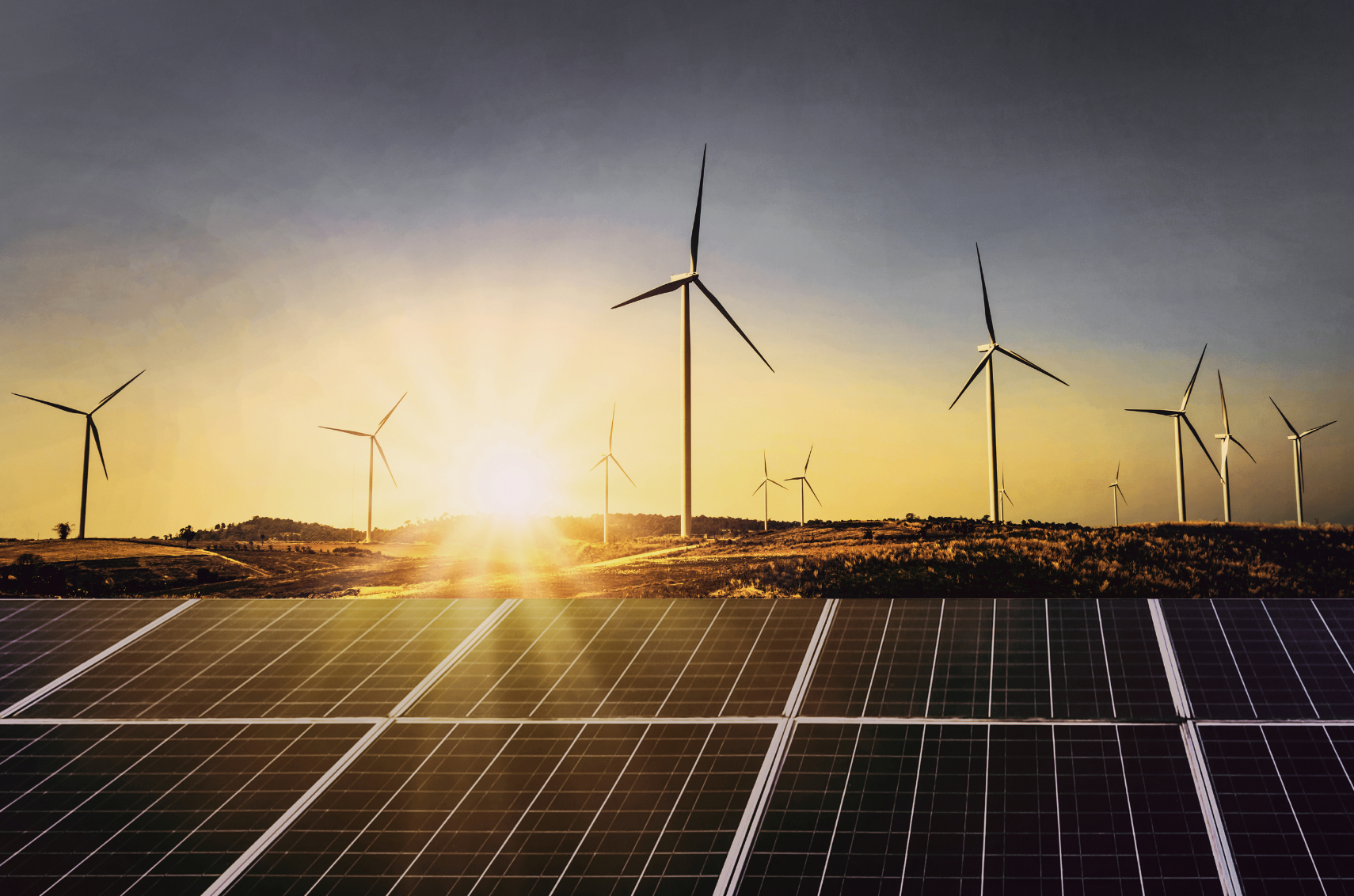Last Tuesday saw a new record set for wind powered generation with NEM wide production reaching 5,899MW late in the afternoon. Wind made up 20% of the total generation at the time and on occasion peaked to 26% of NEM wide generation. As seen from my market commentary in recent weeks we have seen large fluctuations in available generation from intermittent sources such as wind and solar. In the past 6 months although peak wind production reached 26% it has also reached a low of just 2%. As more wind farms come online and are built across different regions, we will see more diversification of output. Currently Victoria leads the pack with the most wind generation followed by NSW and SA with TAS and QLD only contributing small amounts of wind generation.
In line with the increase in renewable generation, last year operational demand increased by 350MW primarily driven by cooler Q2 conditions and the opening up of the economy following the Covid lockdowns the previous year. LNG export prices have also increased as the world economy improved, this led to an increase demand in QLD for electricity in the gas production value chain. Overall wind and solar generation have reached record highs peaking at 57% market share in April.
Although the average operational demand has grown, the increased penetration of roof top PV reduced demand by 298MW between 10:00 and 14:30. Generation from intermittent sources such as wind and solar reached a record 7,368MW in the second quarter, 457MW more than the same quarter a year ago.
Coal fired generation dropped for a few reasons over the quarter, initially coal generation was being offset by renewable generation then interruptions in coal supply and unit failure lowered production.
The largest contributors to these reductions where Victoria’s Yallourn power station where flooding in the neighbouring mine reduced the output and a catastrophic failure at Queensland’s Callide C4. Following the failure of Callide C4, network protection took out a significant amount of coal units over the next couple of hours while the network was reinstated to isolate Callide power station. As a precaution the undamaged coal fired units at Callide remained offline for the following weeks while the cause of the initial failure was investigated.
With low and sometimes negative prices during the day due to high levels of rooftop PV, large scale solar and wind, the remaining generators tried to extract value from the morning and evening peaks. Historically this would have been taken up by coal fired generation but in Q2 gas powered generation (GPG) operated more due to the scarcity of coal fired units.
A record amount of 57% renewable generation occurred at 11:30 on 11th April, this was made be solar, roof top PV, hydro, and biomass, and was 1% more than the previous record seen in October 2020.
Although renewable generation has been high, restrictions on the network are limiting further output. Curtailment occurred for about 4% of semi-scheduled intermittent generation which was higher than Q1 primarily due to higher negative prices. Intermittent generation now their output at times of negative pricing to limit their exposure to the market. We also see an increase in the amount of curtailment resulting from network congestion and network constraints. In regions with very high levels of renewable penetration such as South Australia saw intermittent generation curtailed to manage AEMOs System strength concerns.

